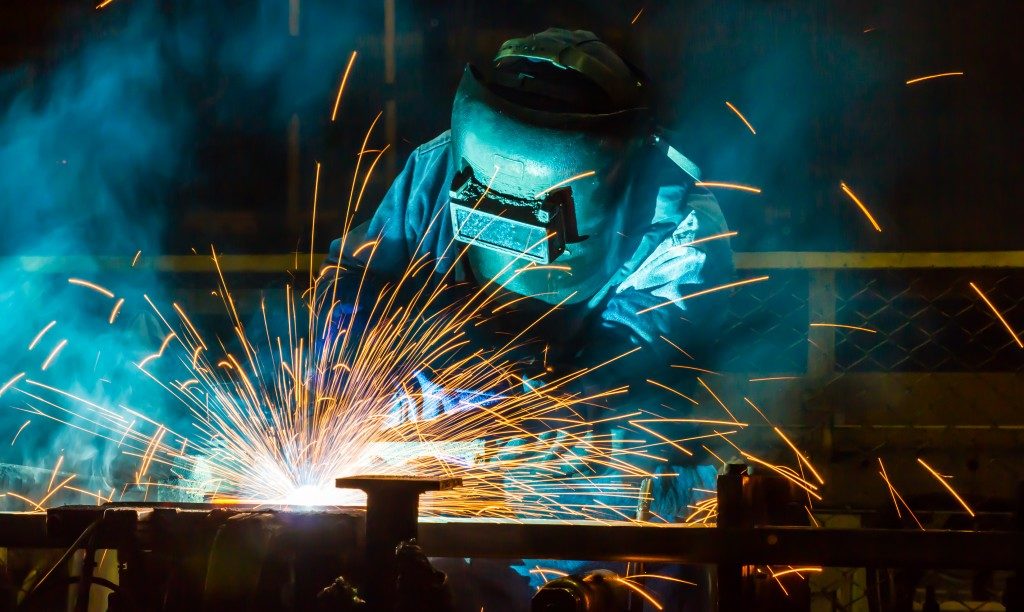Welder’s flash feels like peeling sunburn in your eyes. Ask anyone who has experienced it, and they will tell you to be smart enough to avoid it. Safety glasses may not offer ample protection. What kind of welding safety gear do you need to use to avoid welder’s flash?
Symptoms and prognosis of welder’s flash
Welder’s flash or arc eye is due to intense ultraviolet (UV) radiation from arc welding. It is a type of burn injury that affects the outer layer of the eyeball. The dry and burning sensation may not arise immediately. It can be noted a few hours after the actual injury has occurred. Welder’s flash manifests with puffiness, redness, and a gritty sensation. You’d think that you have a mote of sand or dust in your eyes, but it won’t go away even if you keep rubbing your eyes. The main symptom is pain. You’re lucky if you feel only mild pressure on the affected eye. Some describe the pain as excruciating, requiring pain management.
Welder’s eye is accompanied by light sensitivity. A welder wears dark sunglasses to protect their eyes from the perpetual glare. You’ll know that you have welder’s flash if you cannot stand looking at any source of light. The symptoms may resolve by themselves in 24 to 72 hours. They can lessen with an eye drop prescribed by a doctor. If you are lucky, there should be no permanent damage. Still, if you are an arc welder, repeated occurrences of welder’s flash could lead to permanent visual impairment. There is no cure for welder’s eye. Your best defence against the dire consequences of a severe injury is prevention.
The importance of eye protection

Intense light and radiation produced by welding procedures can harm the eyes permanently. Occupational hazards such as welder’s flash can be prevented with the use of the prescribed personal protective equipment. A helmet with filter shade appropriate for the situation should be worn at all times during welding. Safety goggles are also prescribed, with specific features to protect the eyes from flying objects and suspended particles in the air.
There are various classes of eye and head protection. Arc welding requires full-face protection since the intensity of light can be high. Employers are required by law to determine the appropriate type of personal protective equipment and make it available to workers who are exposed to the hazard.
Innovative solutions
These days, there is innovative eye protective gear that fulfils standard requirements, but with additional features as well. Welding lens shade specifications are approved around the world. The DIN number determines the level of protection. Welding lenses with an auto-darkening feature is now available in many territories (DIN 3 or 4). You can look into recent developments and determine whether they can boost productivity and safety in the workplace.
Protection from light radiation that can damage the eyes permanently should always be a priority in any welding task. Make sure that your gear is updated, relevant, and suited to your needs.
